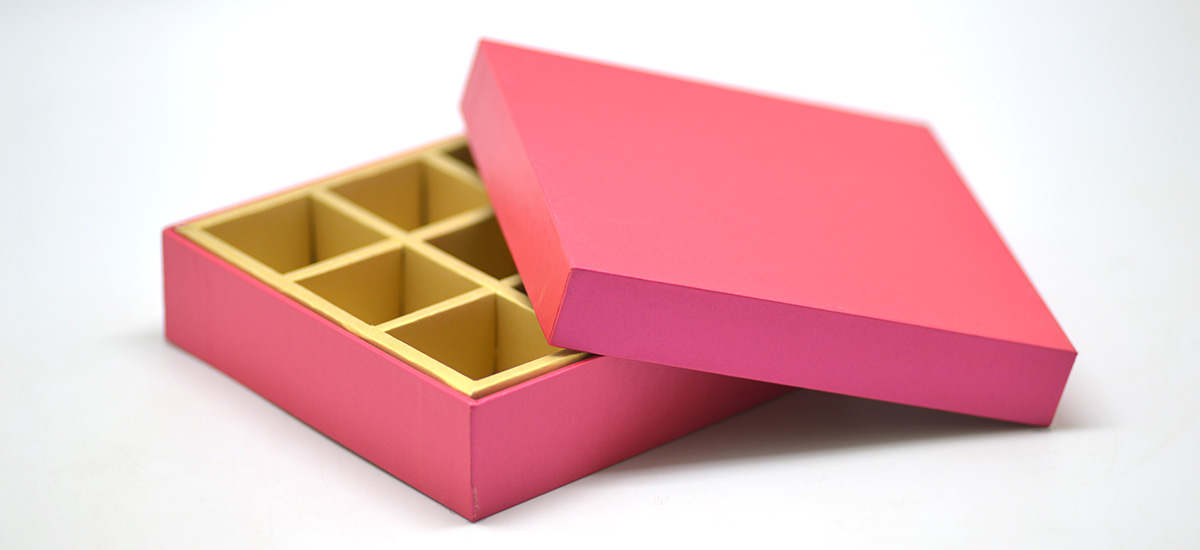By The Packaging World
When you’re running a product-based business, packaging is not just a box—it’s a critical part of your brand, customer experience, and logistics strategy. But while most businesses recognize the importance of good packaging, few fully understand the breakdown of packaging costs. At The Packaging World, we believe transparency and knowledge empower better decision-making. That’s why we’re breaking down the key components that make up your packaging costs and how you can optimize them.
1. Material Costs
The most obvious part of your packaging budget is the cost of materials. These include:
-
Primary packaging: This is the packaging that directly contains the product (e.g., bottles, pouches, or wraps).
-
Secondary packaging: This includes boxes, cartons, or sleeves used to group primary packages.
-
Tertiary packaging: This is used for bulk handling and transportation, like corrugated shipping boxes or pallets.
Factors influencing material cost include the type of material (cardboard, corrugated board, plastic, glass), thickness, coating, and finishes. Custom printing, embossing, or lamination also raise the price. The more customized or premium your packaging, the higher your material costs will be.
2. Design and Prototyping
Custom packaging usually involves some level of design work. This can include structural design (how the packaging folds or supports the product) and graphic design (visual branding, artwork, typography).
While design may seem like a one-time investment, many businesses forget to factor in:
-
Prototyping fees
-
Revisions or iterations
-
Consultation fees with packaging engineers or designers
At The Packaging World, we offer in-house design support to help streamline this step and reduce external agency costs.
3. Printing and Customization
Printing is a significant cost component, especially for custom-branded packaging. The cost depends on:
-
Type of printing: Digital printing is cost-effective for short runs, while offset printing is better for large volumes.
-
Number of colors: More colors mean higher costs.
-
Custom finishes: UV coating, foil stamping, embossing, spot varnishes, and matte/glossy laminations all add to the cost.
It’s also important to factor in setup fees, which can apply to both printing and die-cutting processes.
4. Labor and Assembly
Some packaging is shipped flat and assembled later, while other packaging needs manual intervention, like adding inserts, ribbons, or sealing. Labor costs include:
-
Assembly time per unit
-
Quality control checks
-
Packing and filling products
If you’re outsourcing fulfillment or using a third-party logistics (3PL) provider, labor costs may be rolled into your overall logistics fees. However, it’s worth asking your provider for a detailed breakdown.
5. Storage and Inventory Management
Packaging materials take up physical space. If you order in bulk to save on unit costs, you’ll need somewhere to store them. This includes:
-
Warehouse space rental
-
Climate control (for certain materials)
-
Inventory management systems and labor
JIT (Just-In-Time) production can reduce storage costs but may increase per-unit cost or lead times. At The Packaging World, we help clients strike a balance by offering flexible MOQs (Minimum Order Quantities) and storage partnerships.
6. Freight and Shipping
Getting your packaging from the manufacturer to your location—or directly to your customers—can be costly. Costs depend on:
-
Shipping method (air, sea, ground)
-
Weight and dimensions of the packaging
-
Destination and shipping zones
Freight charges often vary seasonally or based on fuel prices, so it’s important to work with reliable packaging partners who keep you informed. Our team at The Packaging World helps minimize shipping costs by designing compact, lightweight packaging without sacrificing protection or branding.
7. Sustainability Initiatives
Eco-friendly packaging is a growing demand—and a growing cost component. Using recycled materials, biodegradable inks, or zero-plastic designs can be more expensive than traditional packaging, at least initially.
However, these costs often pay off by:
-
Meeting retailer or government sustainability requirements
-
Improving brand perception
-
Attracting eco-conscious customers
We work closely with businesses to develop sustainable packaging strategies that align with both their environmental goals and budget.
8. Hidden or Unexpected Costs
Sometimes, costs sneak in where you least expect them:
-
Wastage during production due to machine calibration or misprints
-
Returns or damage due to poor packaging
-
Compliance testing for certain industries (e.g., food-safe inks or pharmaceutical standards)
-
Currency fluctuations if sourcing internationally
Having a packaging partner that offers full visibility into your production process can help mitigate these risks.
Final Thoughts
Understanding the full breakdown of your packaging costs helps you make smarter decisions—not just to reduce expenses, but to increase overall efficiency and customer satisfaction. Whether you’re just launching your product or scaling a growing brand, being aware of where your money goes allows you to:
-
Negotiate better rates
-
Avoid unnecessary features
-
Invest in packaging that truly adds value
At The Packaging World, we specialize in helping businesses of all sizes decode their packaging costs and develop cost-effective, scalable, and beautiful packaging solutions. From materials to logistics, we’re your partners in packaging success.
Ready to optimize your packaging strategy?
Reach out to The Packaging World today and let’s build something incredible—within your budget.









